Garreth Strickland Your colt looks good. Did you start on him yet?
Richard Boatwright
Replied on Getting the buck out
Commented on Saddling issues
Replied on Back home.
Replied on Back home.
Replied on Getting the buck out
Commented on Getting the buck out
Replied on Back home.
Replied on The Five?
Posted

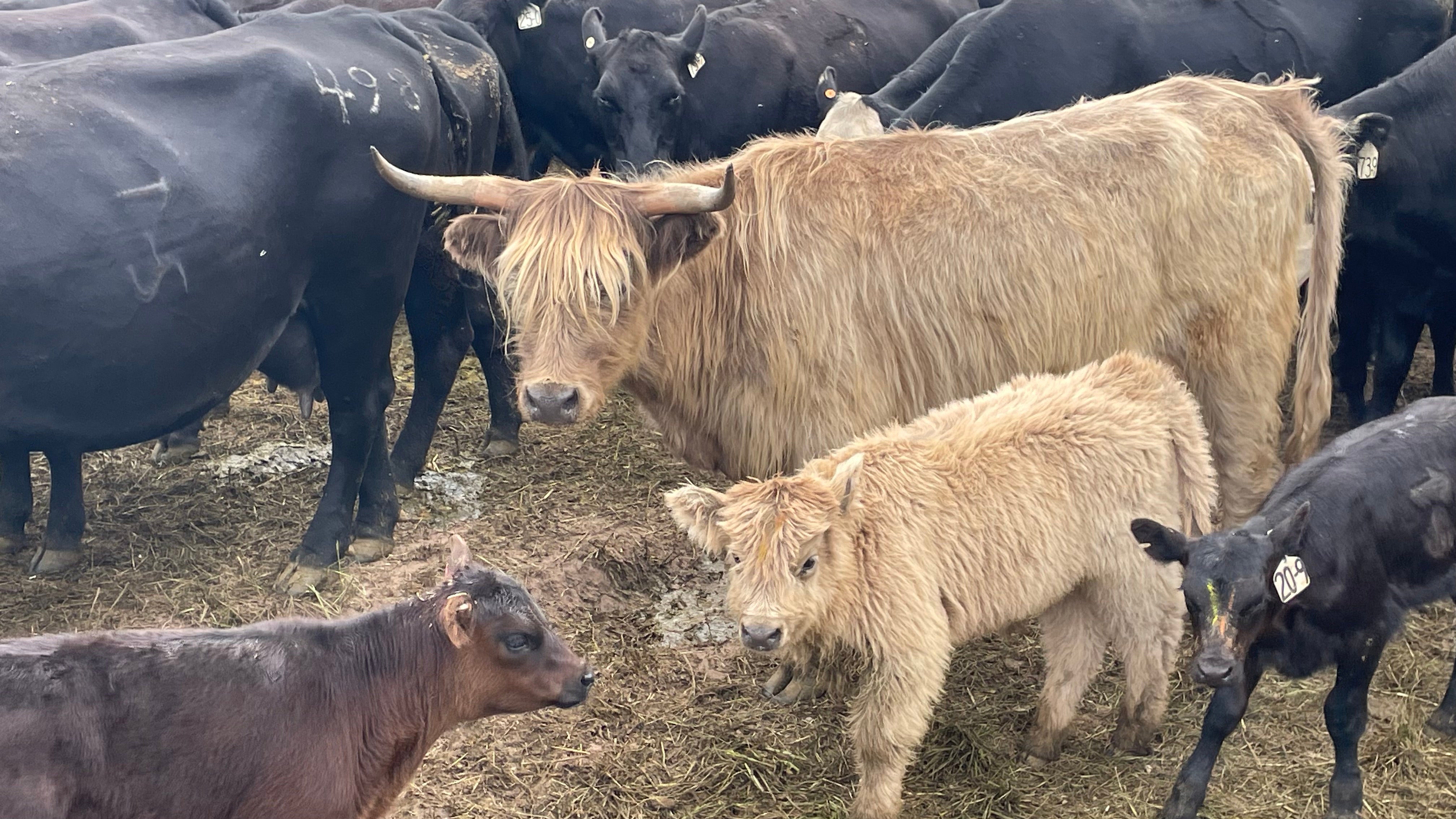
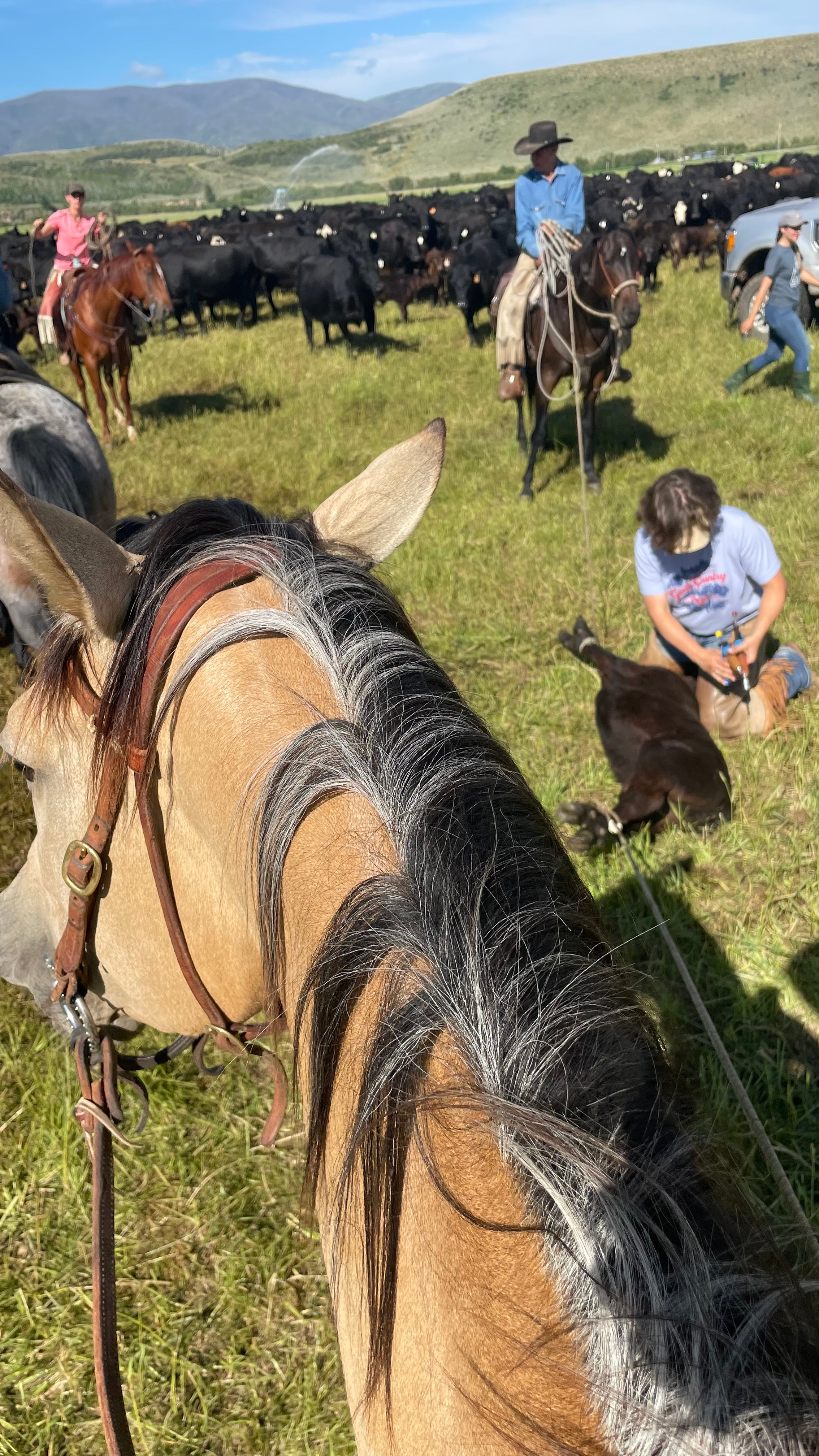
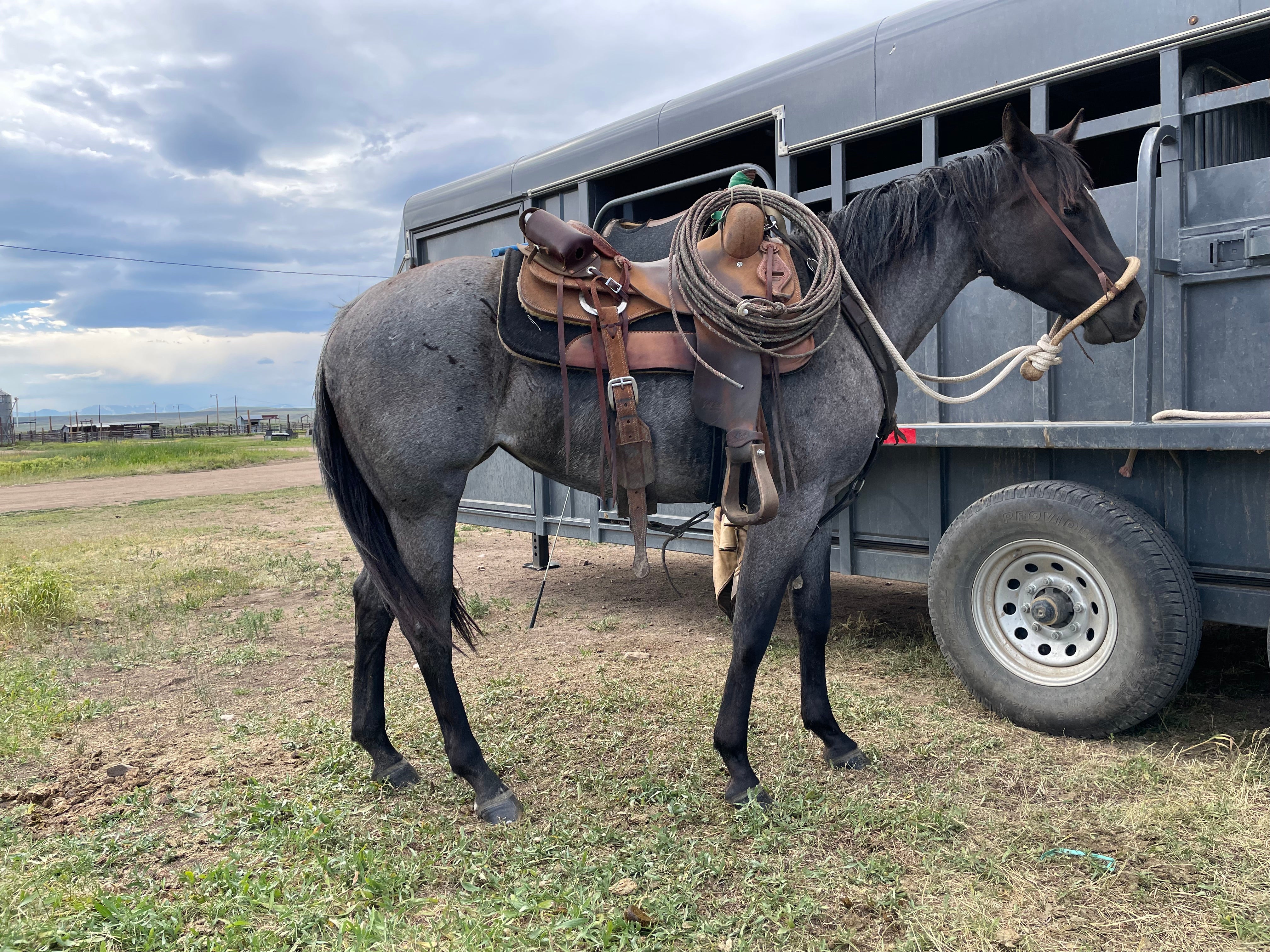
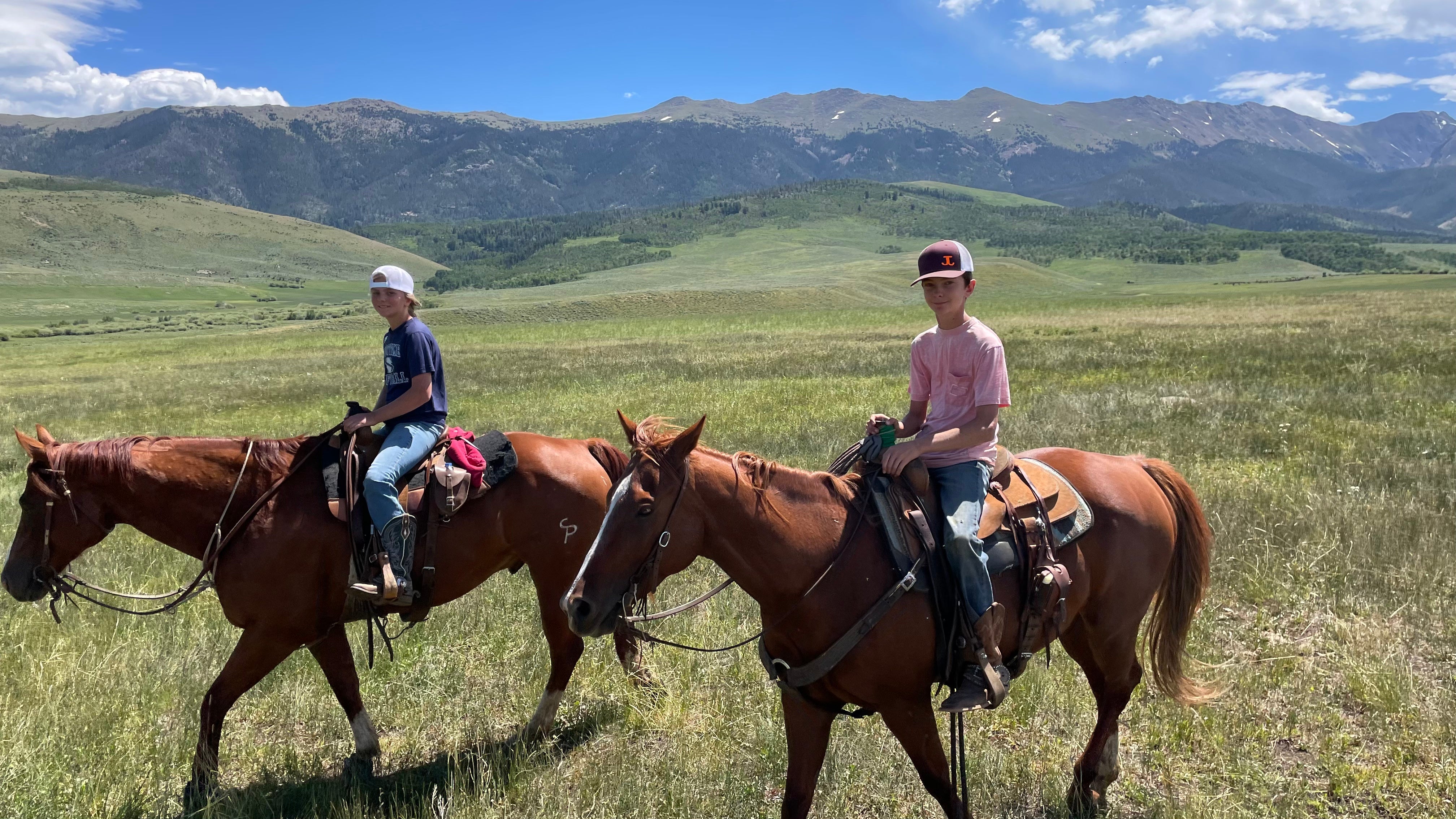
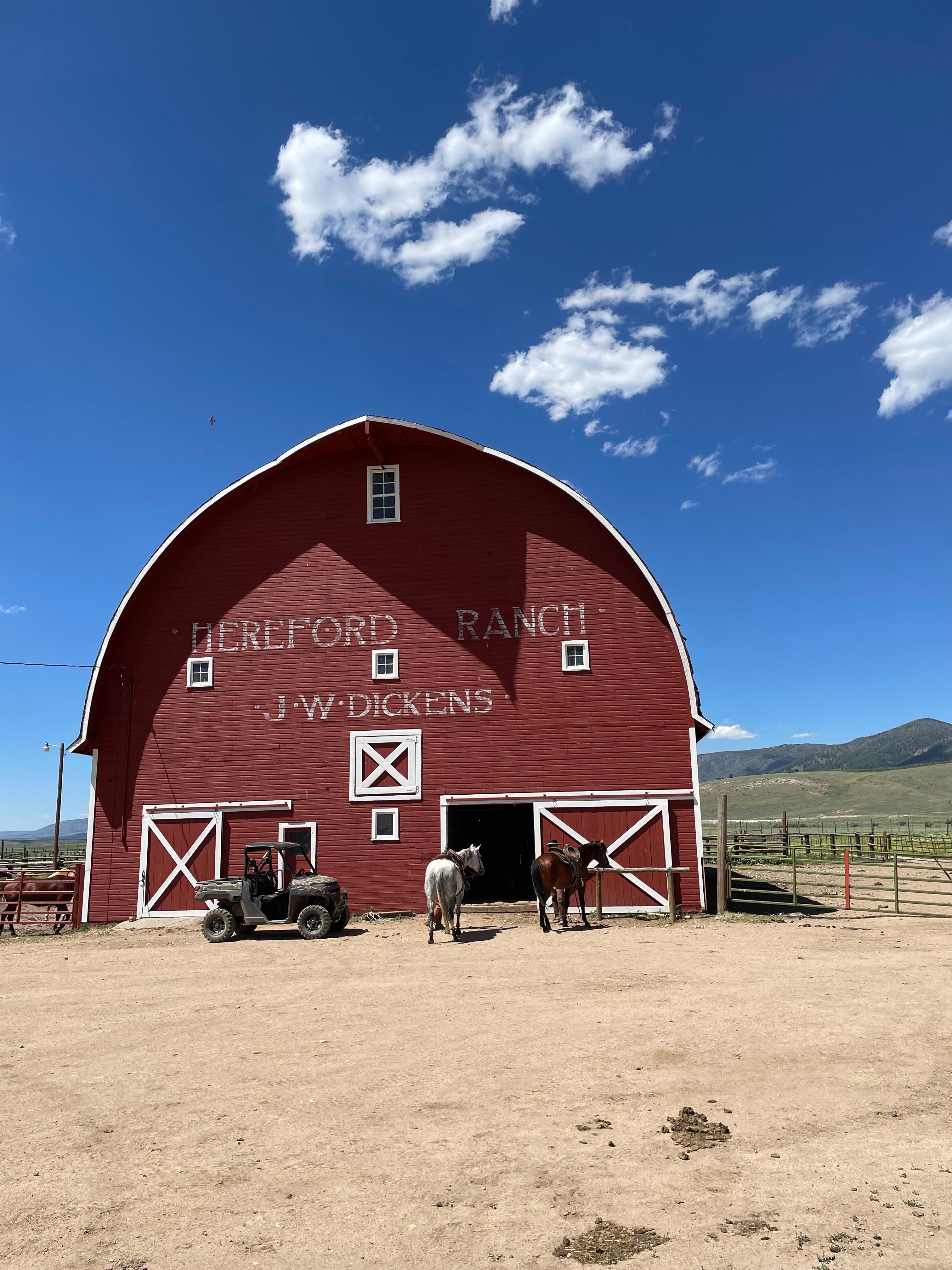

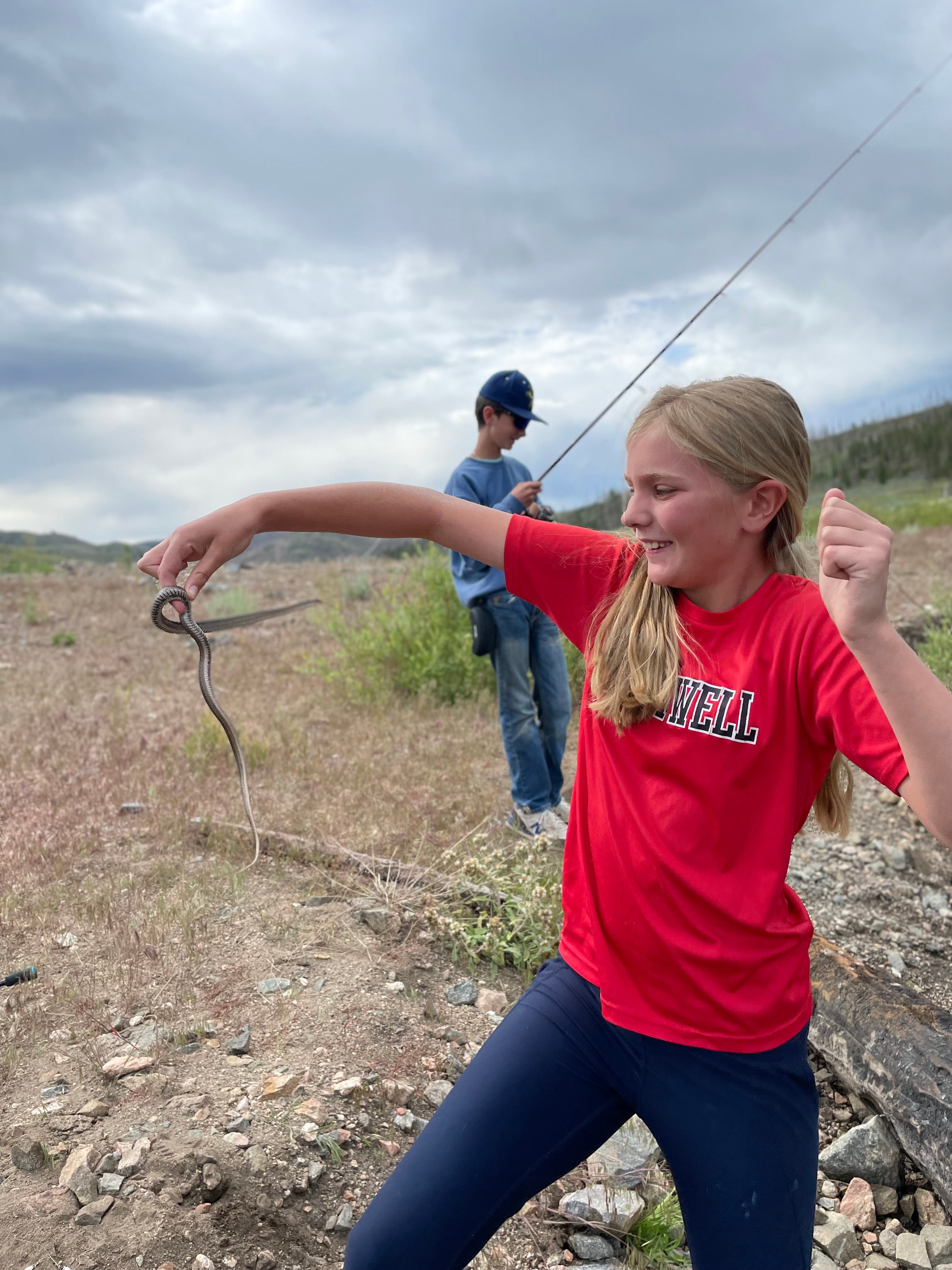
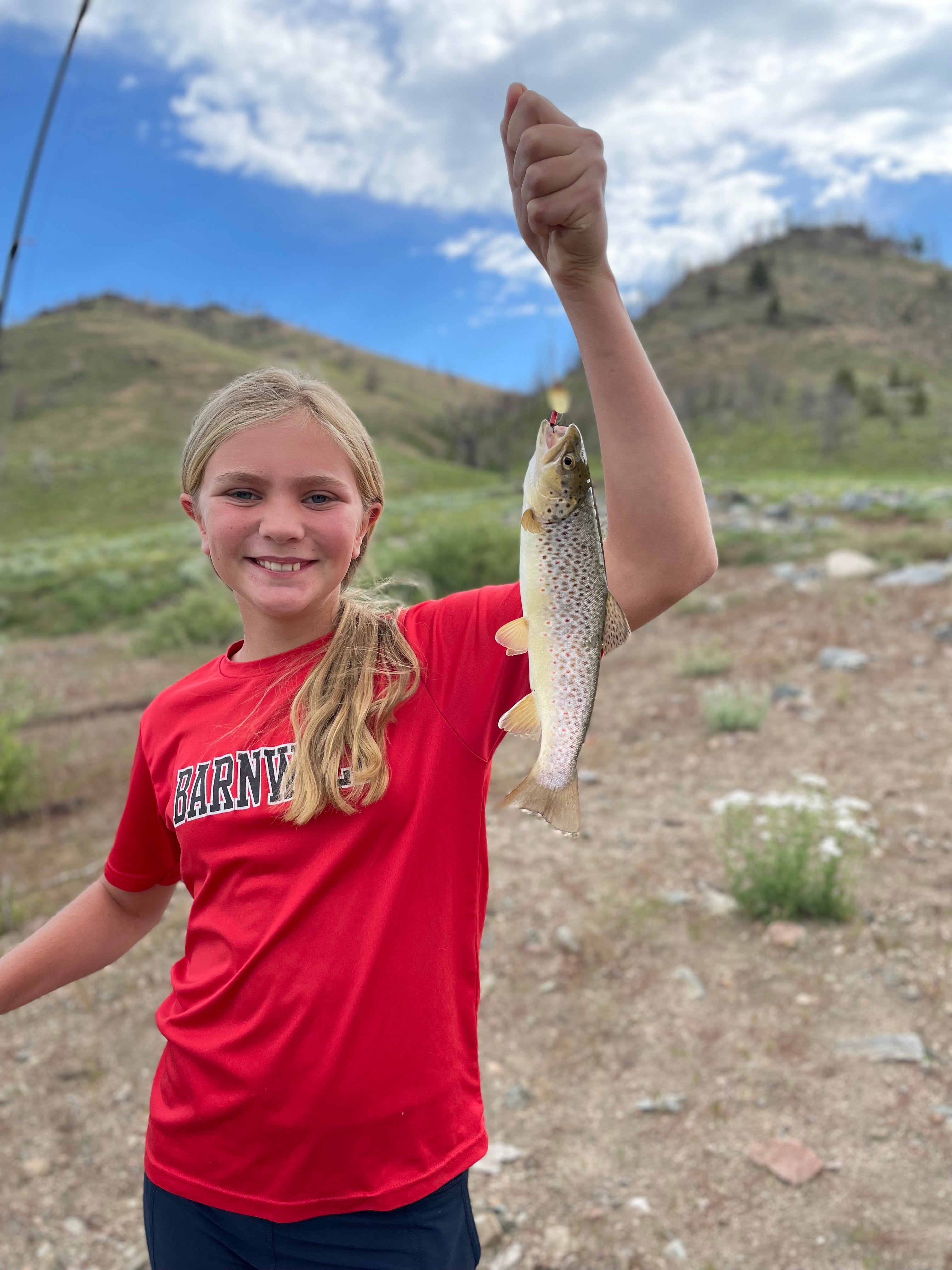
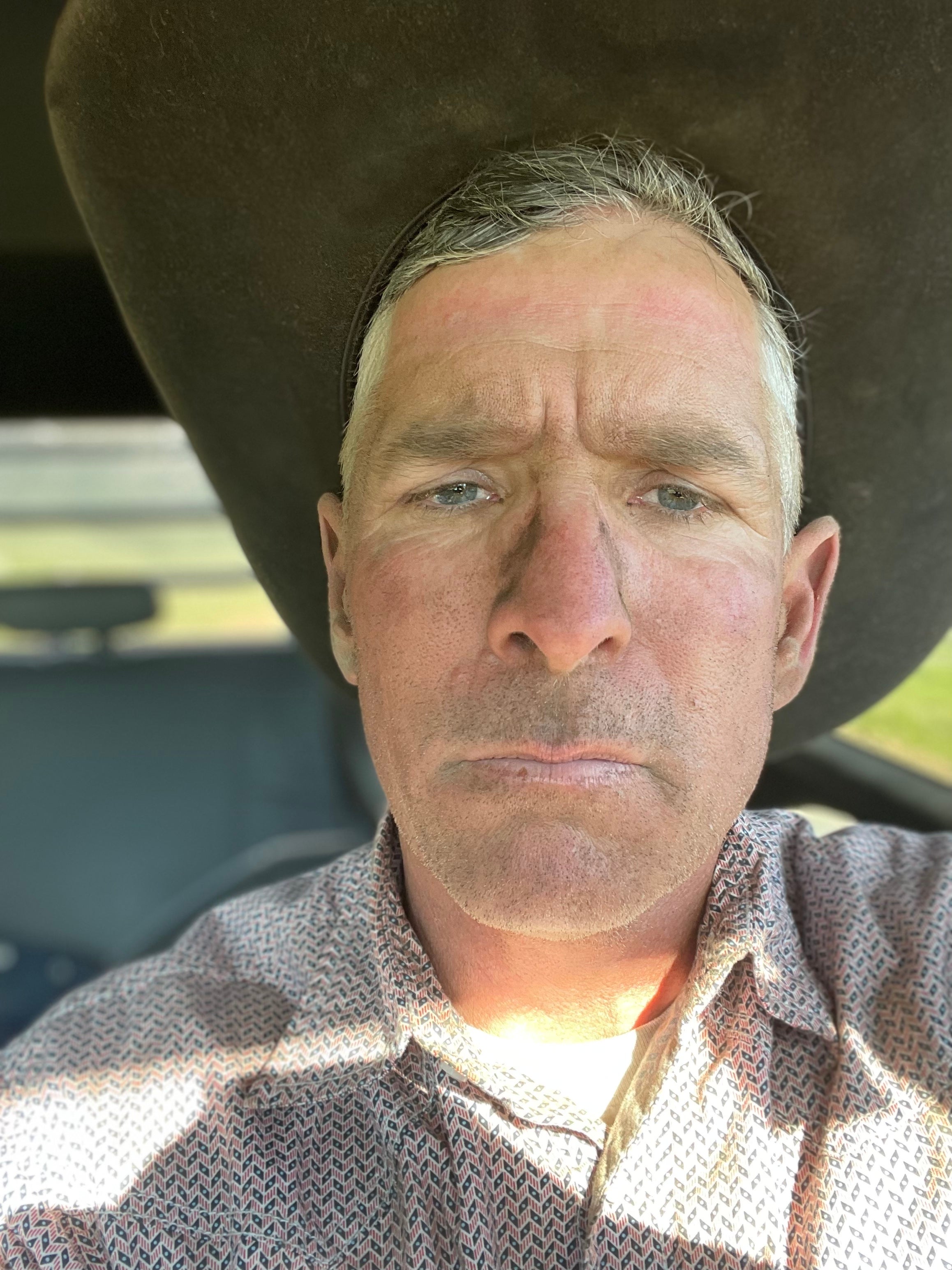
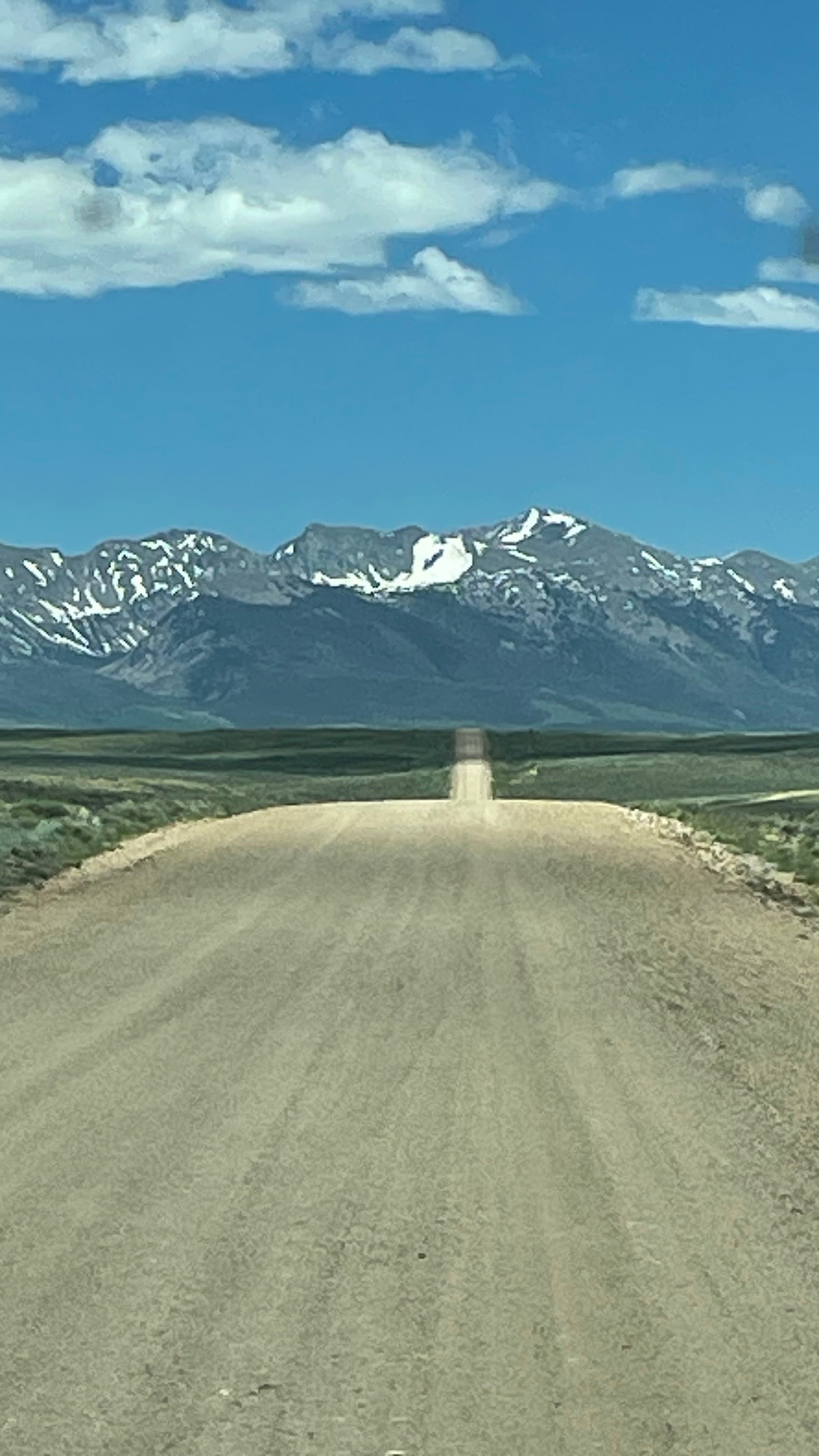
Commented on Laying a horse down
16 Aug 06:53
Hi Steven, I just found this post. For some reason, this platform is hiding posts from us! Did you find our other video on laying a horse down? Richard